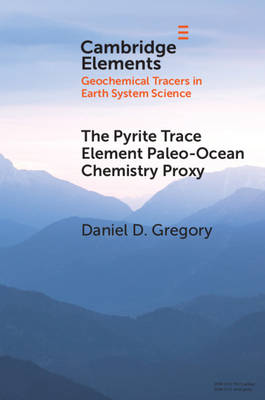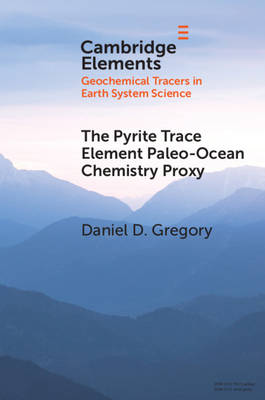
- Afhalen na 1 uur in een winkel met voorraad
- Gratis thuislevering in België vanaf € 30
- Ruim aanbod met 7 miljoen producten
- Afhalen na 1 uur in een winkel met voorraad
- Gratis thuislevering in België vanaf € 30
- Ruim aanbod met 7 miljoen producten
Zoeken
Omschrijving
The use of the trace element content of sedimentary pyrite as a proxy for the trace element composition of past oceans has recently emerged. The pyrite proxy has several potential advantages over bulk sample analysis: preservation through metamorphism; little dilution during analysis (samples are ablated not dissolved, allowing for the less abundant elements commonly held in the sulfide fraction to be investigated as proxies); accurate measurement of several elements simultaneously; the ability to screen sediments for hydrothermal overprint; and the technique can give information regarding trace element availably at multiple stages of diagenesis. Because of these multiple strengths, the pyrite trace element proxy is a valuable potential addition to the paleo-ocean chemistry tool kit.
Specificaties
Betrokkenen
- Auteur(s):
- Uitgeverij:
Inhoud
- Aantal bladzijden:
- 38
- Taal:
- Engels
- Reeks:
Eigenschappen
- Productcode (EAN):
- 9781108810524
- Verschijningsdatum:
- 24/12/2020
- Uitvoering:
- Paperback
- Formaat:
- Trade paperback (VS)
- Afmetingen:
- 152 mm x 229 mm
- Gewicht:
- 68 g

Alleen bij Standaard Boekhandel
+ 66 punten op je klantenkaart van Standaard Boekhandel
Beoordelingen
We publiceren alleen reviews die voldoen aan de voorwaarden voor reviews. Bekijk onze voorwaarden voor reviews.








